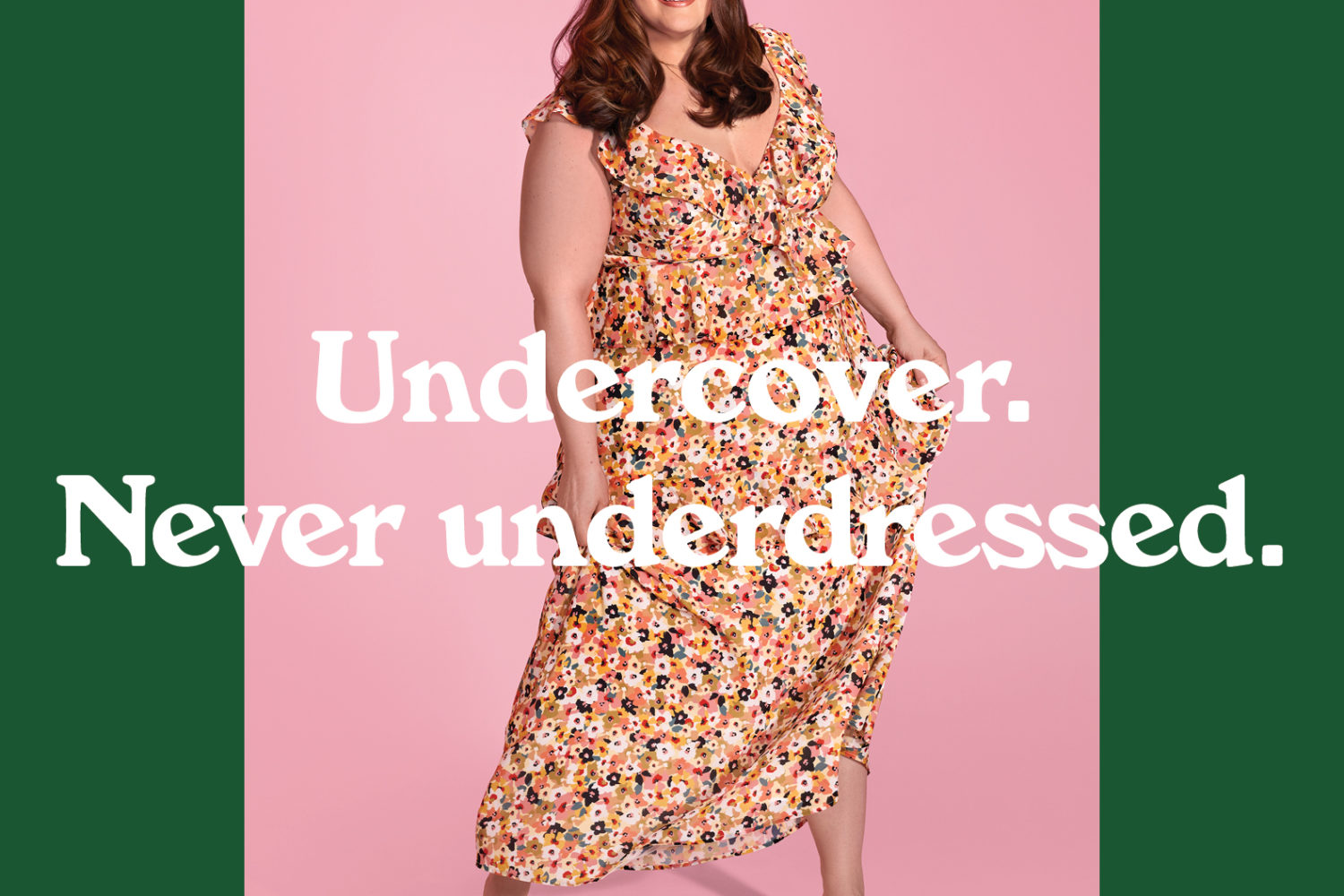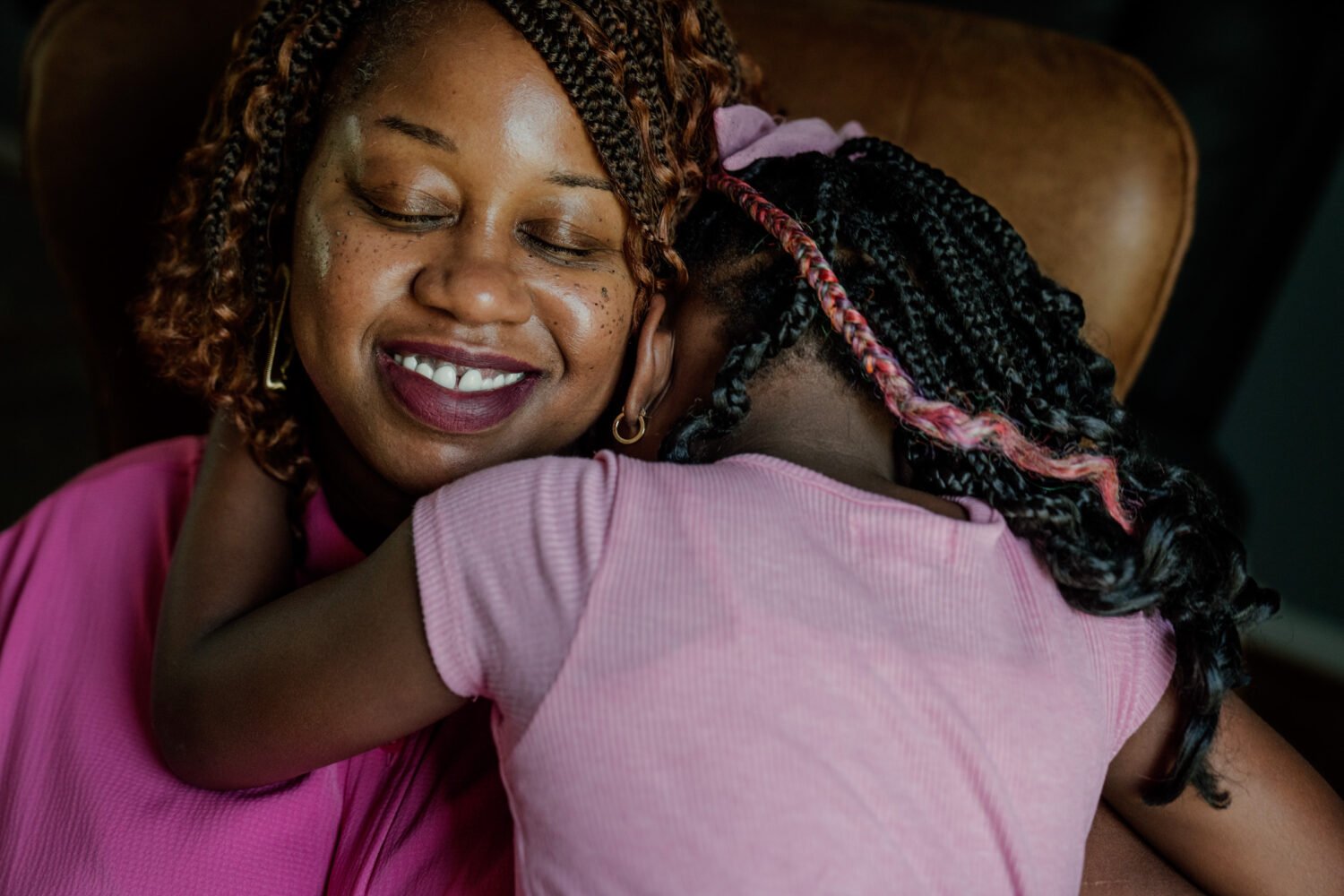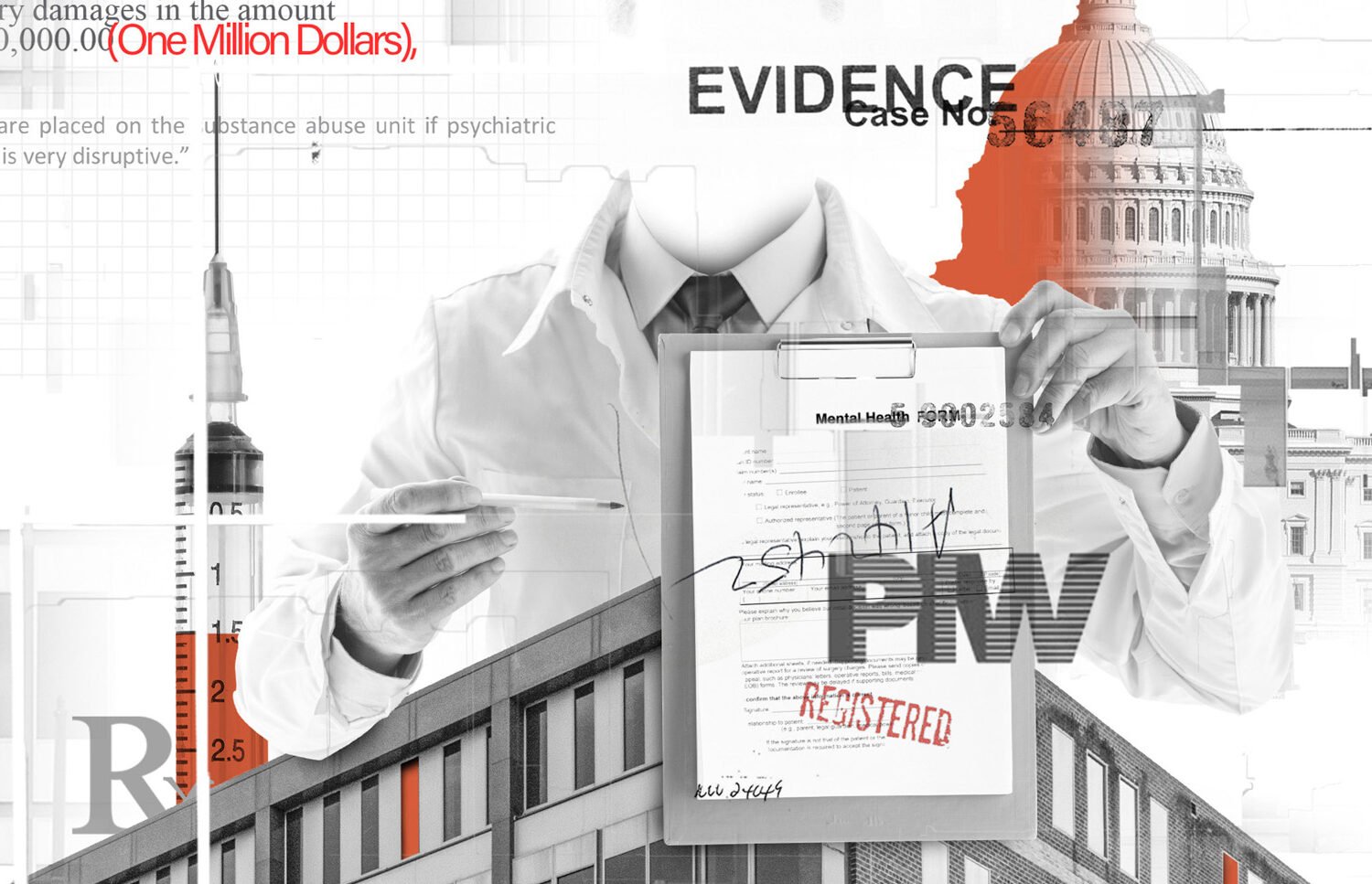“You better dip yourself in sunblock from May until September,” my dermatologist ordered a few years back after I showed him the mysterious red welts on my legs. They had appeared, stinging like fire ants, while I sat on my front stoop at high noon reading a paperback. It seemed, my doctor said, that as I was advancing in age, my skin was losing its subcutaneous fat and becoming thinner, more fragile, and, as evidenced by the mottled red legs, highly reactive to sunlight.
To someone who’d grown up with a pool in her back yard, spent decades baking on rooftops and in patio chairs, and proudly refused anything with the letters SPF on the label, the news held a cruel poetic justice. Like Ben and Jerry suddenly becoming lactose-intolerant.
I left his office with a mail-in rebate for La Roche-Posay’s Anthelios (the French name didn’t fool me—this was sunblock) and a catalog for clothing more suitable to Henry Fonda circa On Golden Pond than a woman with an actual figure: vented long-sleeved shirts with breast pockets, pleated-front trousers. It seemed that everything, including a page dedicated to sun gloves, was khaki.
My sun sensitivity was so severe I could no longer walk a block to the mailbox—even on a sunny winter day—without the full-on regalia of sunscreen, protective clothing, and a hat with a five-inch brim.
“Off to play mahjong?” my husband joked.
I didn’t see the humor. Wearing a thick white film of SPF 60, I instead entered the five stages of grief, skipping over denial and coming to a standstill at anger—cursing anyone I saw in shorts, or dining al fresco, or shopping for a swimsuit that didn’t resemble scuba gear. I kept vampire hours, going bare-skinned only after sunset.
What I once loved I now feared. My life still revolved around the sun, only now, ironically, I was not in it. When I was, I was so covered up that Washington’s oppressive summers were even more unbearable.
I lived like this for a few years until, it seemed, clothing manufacturers began to see the light. UPF (ultraviolet protection factor) fashion has gotten, dare I say, cute. Sexy, even.
Companies like Athleta, Title Nine, and even Uniqlo, a Japanese version of the Gap (all available online), now offer protective clothing in high-tech fabrics that are breathable and in flattering cuts. “Are those Prada?” asked my husband, himself a fashion plate, when I showed off a new pair of Royal Robbins slim-fitting trousers. Even the company with the Henry Fonda-inspired collection now offers that classic ironic fashion statement: a UV trucker cap.
Sunblock also has gotten less greasy. After a lot of experimenting, I’ve found ones that don’t leave ghostly white prints on my leather couch (La Roche-Posay makes a great Cooling Water Lotion that goes on clear) and tinted moisturizers with SPF that don’t give a corpse-like cast to my face (I’m partial to EltaMD).
There are even self-tanners with SPF (I like Jergens Natural Glow), so I don’t have to walk around looking like an extra from Brigadoon.
But when I think about it, what’s so bad about having skin as pale as Julianne Moore’s? I suppose this is a sign that I’ve reached Kübler-Ross’s final stage: acceptance. Just in time for summer.
Contributing editor Cathy Alter can be reached at cathy@cathyalter.com.
This article appears in our July 2015 issue of Washingtonian.

















